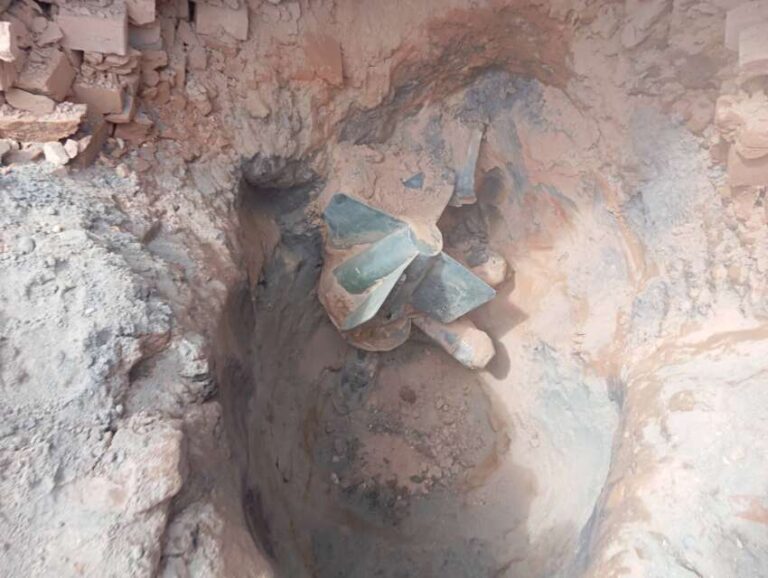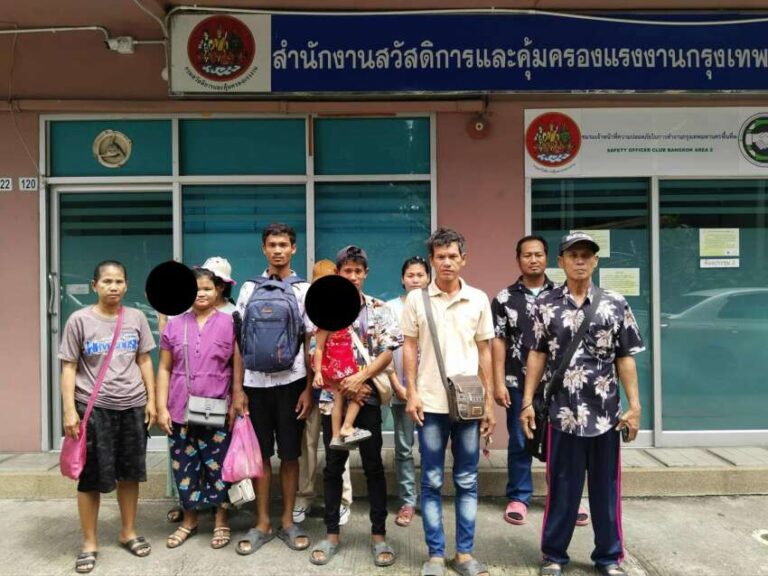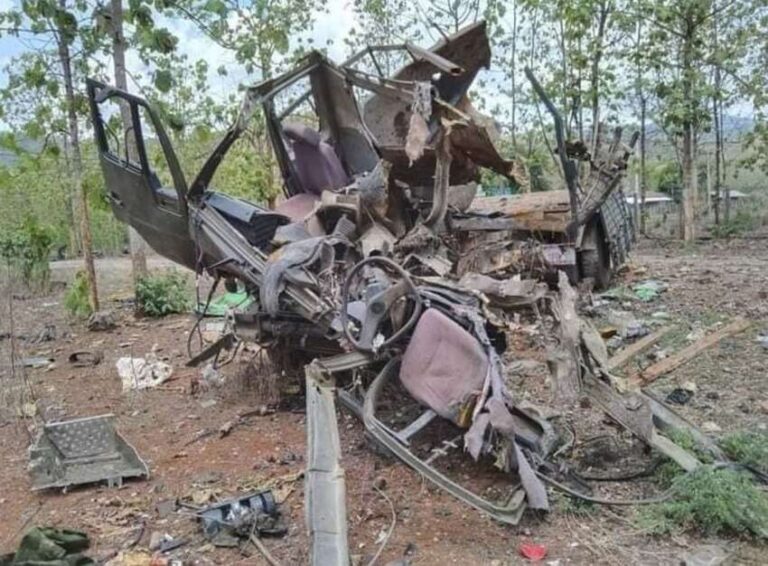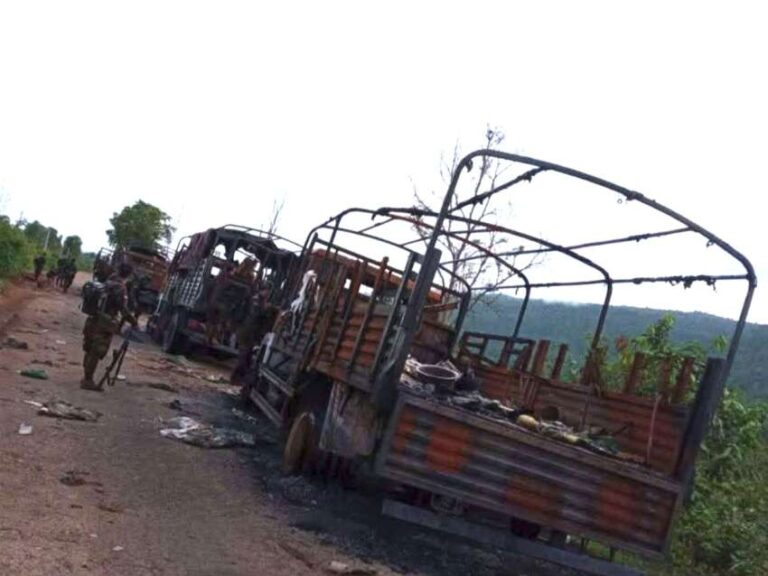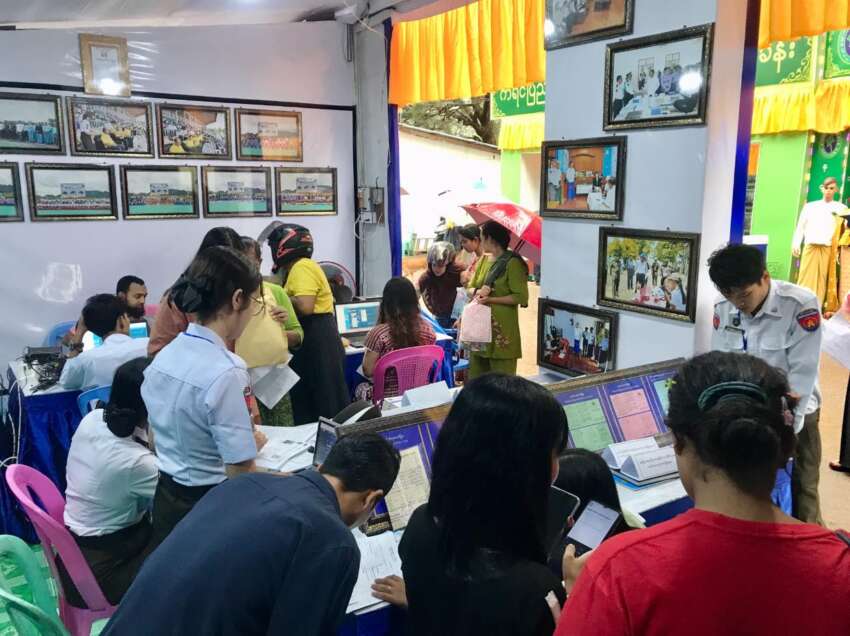
The terrorist military council is using an electronic ID verification system linked to a National Database to identify and arrest military deserters, police deserters, Civil Disobedience Movement (CDM) staff, and political activists across the country, according to military sources in Naypyidaw. The council has compiled detailed computerized records of military deserters, police deserters, CDM staff, and political activists who remain at large nationwide into the National Database system. Immigration officials and military officers can access this National Database at any time to check individuals’ personal information and verify the identities of suspicious persons.
The system, known as the Person Scrutinization and Monitoring System (PSMS), is connected nationwide and allows authorities to check individuals at checkpoints and along travel routes. The military council has set up checkpoints equipped with this system at various locations including Junction 3, Mile 26 of Yangon-Mandalay Highway, Min Lwin Kone Gate at the Hlegu-Bago border, Nyaung Khar Shay, Hpa-an Gate, Myawaddy Border Gate, Tachileik Border Gate, and Kawthaung Border Gate. According to a border crossing service agency based in Myawaddy on the Thai-Myanmar border, there has been an increase in arrests of CDM staff members when they attempt to obtain bridge crossing permits to enter Mae Sot, as their information is now recorded in the computer system.
The military council has collected biographic and biometric data from all Myanmar citizens through the e-ID system, entering this information into the database and issuing Unique ID (UID) numbers. They are now using this system to track down and arrest individuals they are targeting. Sources indicate that once someone’s information appears in the database as a person of interest, there is virtually no way to avoid detection at checkpoints. This has created significant challenges for those attempting to travel, particularly CDM staff and activists trying to seek safety.
The implementation of this comprehensive surveillance system represents a serious threat to citizens’ freedom of movement and security. The military council’s use of digital technology to monitor and control the population demonstrates their increasing sophistication in tracking individuals who oppose their rule. The system’s deployment at border crossings and major transportation routes has made it extremely difficult for people to escape surveillance, effectively creating a digital dragnet across the country. This technological infrastructure is being used as a tool of oppression, allowing the military council to more efficiently target and arrest those who resist their authority or attempt to flee their control.
